There’s a buzz in the air. But what can we do to help bees, the most beloved of our pollinators?
Much has been written about bees’ decline in numbers.
Ahead of World Bee Day we spoke to local beekeepers near Kinross to get their best bee tips on what we can do to make sure these relentlessly busy bugs keep coming back to our gardens.
Enid Brown, 68, is president of Fife Beekeepers’ Association.
The daughter and granddaughter of beekeepers, she has been keeping bees for nearly three decades.
So she has plenty of tips to help bees. When we meet her she is inspecting a hive.
Unfortunately her charges are less than impressed with our photographer who, by the look of his flailing arms, has just been stung.
I manage to escape unscathed thanks to wearing a garment that would not look out of place on a Eurovision contender.
Here’s what we found out.
Tip 1. Know your bees
Enid keeps honey bees.
But these are surprisingly not the ones she is worried about.
“People need to realise that honey bees are not in danger. We’re not short of honey bees.
“People just say ‘bees’. They don’t define the difference between honey bees, bumblebees and solitary bees.”
And it is bumble bees and solitary bees that are “in danger”.
She adds: “It’s important that people realise the difference.”
Tip 2. Give bees a good breakfast
Like all living things bees need to eat.
But when they wake up all groggy from their winter hibernation there is not much around to keep them going.
Planting bulbs is a great way to help.
“At the start of the season you’ve got snowdrops, crocuses, aconites, things like that. If the conditions are right, bees will get out and forage,” says Enid.
“Early in the season, it’s very weather dependent.
“But it’s good for them to get out and forage.”
Tip 3. Give them a home
Enid’s third bee tip is providing an insect house for solitary bees.
This attracts insects such as red mason bees, seen in spring and early summer. These charming wee bees don’t sting and are great pollinators.
Pick a sunny, south facing spot and your bee home should soon fill up.
There are around 200 species of solitary bees to be found in the UK.
NatureScot has published a handy identification guide.
Tip 4. Watch out for the newbee
There’s a new kid on the block in the bumblebee world.
First recorded in the UK in 2001, you have probably already seen it buzzing about your garden.
Latin name Bombus hypnorum, the tree bumblebee likes bird boxes, or any nook and cranny it can make a nest in around your house.
Enid’s neighbour John Hendrie, 72, has been a beekeeper for 60 years.
He says there are around 25 species of bumblebee in the UK, but only the tree bumblebee is expanding.
“You’ve got to watch out. They can be quite defensive, which means they’ll sting.”
The Bumblebee Conservation Trust adds that tree bumblebee nests should not be moved unless absolutely necessary.
Tip 5. Keep your local beekeeper’s number handy
Honey bees tend to swarm around late spring and early summer.
If you do see a “rugby ball shaped” huddle of bees in a tree, on a roof or clinging to your car, don’t panic.
They are likely to have recently gorged on honey and be quite docile.
Enid says anyone finding a swarm should phone their local beekeeper, who will take it away.
“I’ve taken a swarm off a car in the past. I’ve been up a cherry picker to take a swarm from a tree quite high up.”
You can also contact local authorities for advice.
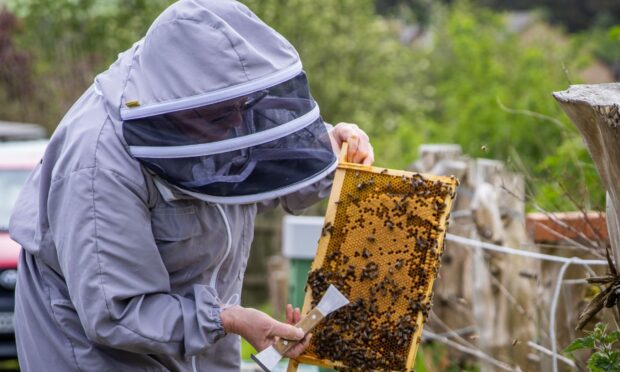
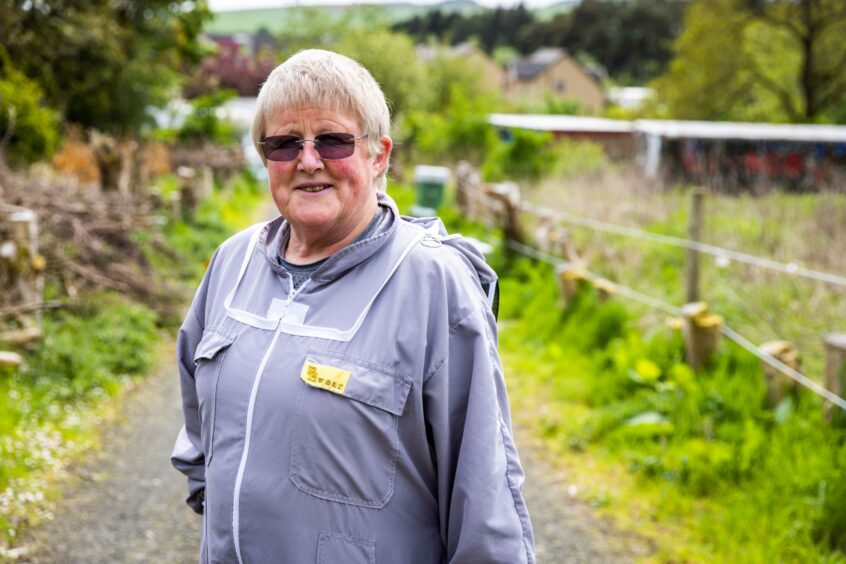
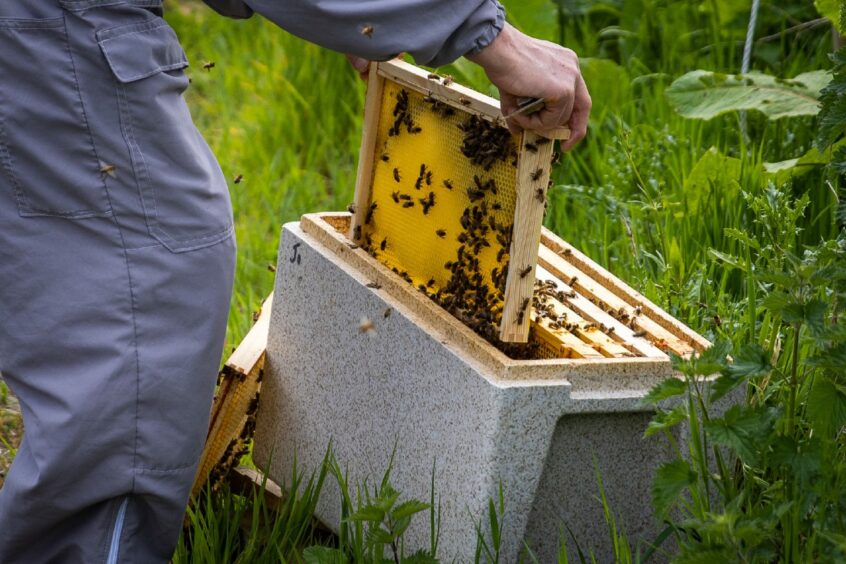
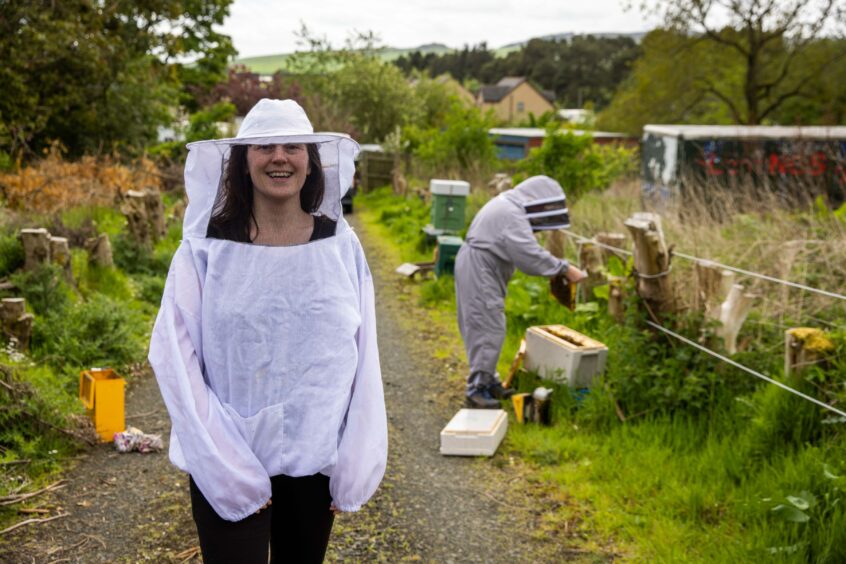
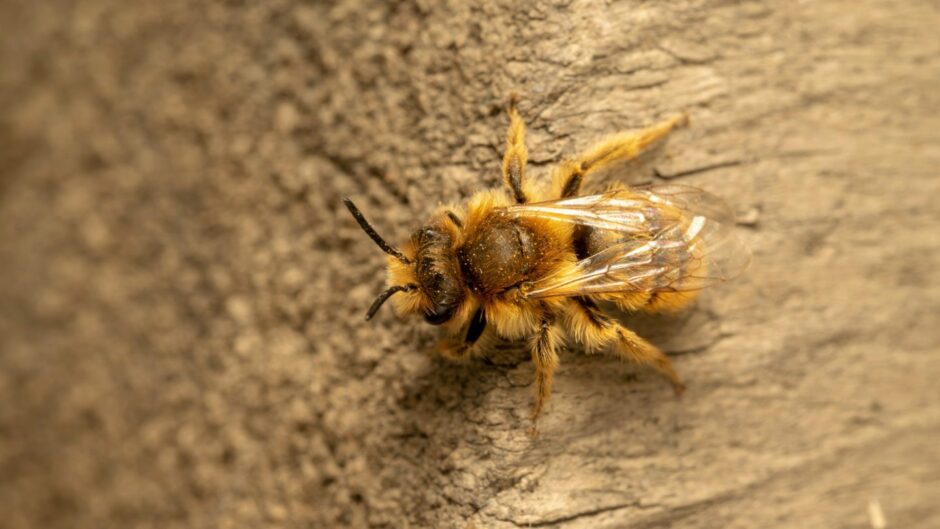

Conversation